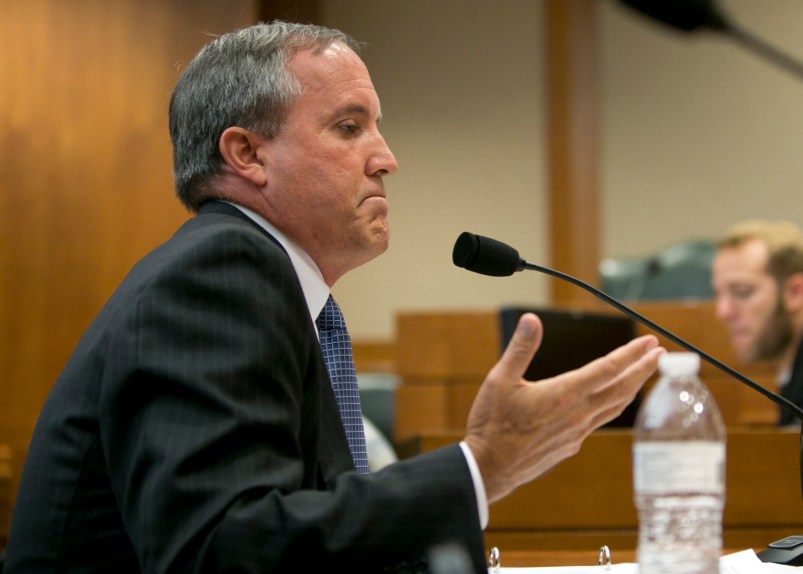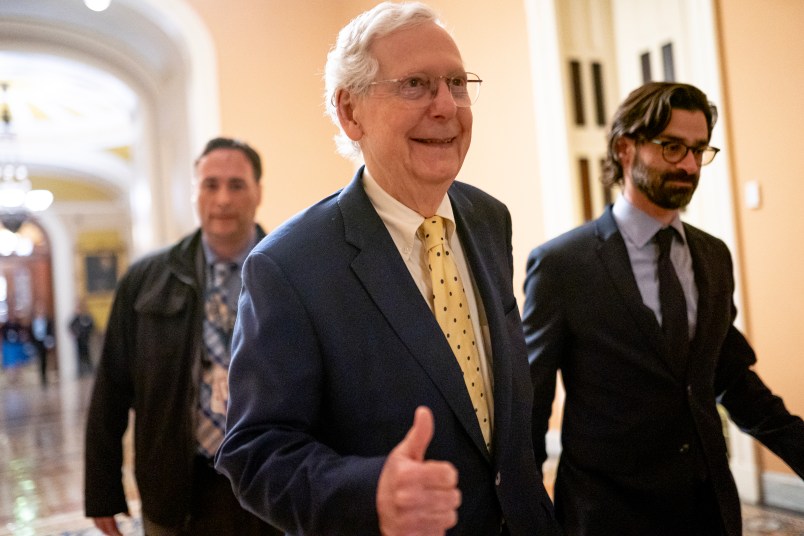Asking colleges how they feel about federal higher education regulation is a bit like asking six-year-olds what they think about broccoli—of course they don’t like it. The difference is Congress would never call children to testify as part of political theater.
Today the Senate Health, Education, Labor, and Pensions Committee held a hearing on a recently released report it commissioned on the burden of federal regulations. The report does not paint a pretty picture of the Department of Education, sayings colleges are “enmeshed in a jungle of red tape,” and playing right into a narrative advanced by Senator Lamar Alexander (R-TN), the HELP committee chair, that the burden of regulations are responsible for college costs increasing.
But don’t be fooled. The commission’s report and Alexander’s burden crusade are not about addressing college cost. They’re clever tactics to gut necessary consumer protections that are inevitable requirements of the way the federal government funds colleges.
The burden task force represented only the viewpoint of colleges. The membership was comprised entirely of college and university leaders. The American Council on Education, the country’s largest and richest national lobby group, generously offered to help underwrite the task force’s work. And though they enroll only one quarter of students, seven of the 16 members represented private colleges that are notoriously resistant to regulation.
Most of the regulations targeted by the report—rules around financial management and oversight of federal funds—are an inevitable result of the way the federal government supports colleges. Unlike other government programs, federal student aid dollars are not handed out by formula or annual grant competitions. Rather, the federal government gives grant and loan money to colleges on behalf of individual students based upon their income and how many courses they are taking. It also funds a wide variety of colleges—from big public institutions to small mom-and-pop beauty schools.
Student-based funding to a variety of colleges that include private businesses inherently leads to complexity. For example, since dollars are awarded as benefits to students, they have to be tracked to specific individuals so that if someone drops out or takes fewer classes, unused dollars can be returned. And giving money to private colleges means you need a set of financial and academic quality checks to make sure dollars don’t fund Jay’s Ripoff Institute.
Of course, the burden discussion does not bring up these crucial issues of protecting students and taxpayers. Instead, it takes a “get your government hands off my Medicare” approach, coming from the most educated share of the populace that should know better.
So what about the effect of higher education regulations on the cost of college? The Government Accountability Office looked at this very question in 2010. It found that the Department of Education doesn’t accurately estimate how much time colleges have to spend following the rules, but the vast majority still fell below about two and a half work weeks. That’s not such a bad deal for the billions of federal dollars that keep these colleges in business.
That’s not to say that all federal higher education regulations are good. There certainly are some duds. For example, colleges have to report each and every on-campus fire, even if it’s a $50 accidental trash can fire. They have to hold programming to celebrate the Constitution on Sept. 17 every year. They have to keep detailed statistics on every type of crime—including minor thefts of snack food—or risk multi-thousand dollar fines. And they must disclose a campus policy on peer-to-peer file sharing.
But these rules all have one thing in common besides being of questionable utility:they are congressionally mandated. So are almost all of the rules around financial oversight and quality control that the report also calls out as being burdensome. To that end, the document pulls a clever bait-and-switch—having the arm of government that created many of these rules blame the Obama administration for following the law without ever noting their role.
The high cost of college is a pressing issue for American families. But it’s the product of decades of declining state funding, spending choices by colleges, and many other complex issues. Ignoring these trends to focus on a set of congressionally created irritations and attempts to undercut consumer protection will do nothing to make that tuition bill more affordable.
Ben Miller is a senior policy analyst at the New America Foundation.









